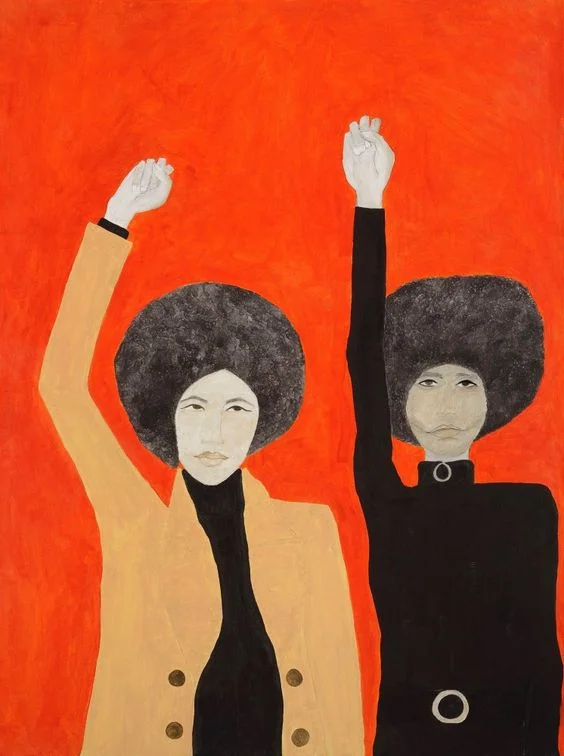6 Tips to Help You Cope with Your Chronic Pain
Adjusting to chronic pain can be especially difficult for those who have recently endured an injury or received a diagnosis. Below are some tips for those new to chronic pain management and those who want to support someone who is experiencing it.
Allow Yourself to Feel Your Emotions
Your recent diagnosis or accident may have left you in a shock. Know that any emotion you’re feeling, whether it’s the nothing of numbness or furious anger or a flood of sadness, are valid. Try not to invalidate your pain or experience by comparing it to those of others or what you deem as those “less fortunate.”
Not only does that create a sense of guilt for feeling the pain you already feel as you think about how others “have it worse, so why should I feel bad?” but that’s your own subjective understanding of others’ experiences. We cannot assume that others have it better or worse, because pain is relative to different bodies, diagnoses, support levels, and time spent having processed them.
Focus on your experience and being compassionate in validating its accompanying spectrum of emotions.
2. Assess Your Abilities & Take Up New Hobbies
Illustration courtesy of Maira Kalman
In an ableist world that further determines one’s worth by how productive our bodies are as if automatons, it’s critical to assess your current abilities personally and with your healthcare provider removed from these views by focusing on your current and continuing abilities. They may vary, from the hour to day-to-day. Think about shifting your responsibilities and self-care according to how your pain manifests itself.
This may also mean that you may have to reduce or leave certain activities that you used to enjoy. When I was diagnosed with spinal compression due to Osteopenia, I was training towards a marathon with high weekly mileage. I had to stop running for a few months to recover my compression and now run less.
Perhaps you, too, are or have been unable to do what you once enjoyed due to pain. Don’t pretend that your o.k. with the sadness that this may be causing. Instead, talk to your loved ones or search for local chronic pain support groups for a network of people who can empathise.
3. Know Your Specific Way to Manage Pain
Pain management is an entire umbrella, containing options from a variety of medications to certain activities. For instance, for one person it might be using heat therapy every day or taking NSAIDs such as Advil or for another, it might be medical marijuana or CBD oil. It might even be as simple as resting. Explore and be sensitive to what works for you. It’ll take time. There are some recommendations in an entire chapter dedicated to Pain Management (along with Anxiety Management, which goes hand-in-hand) in The Thirlby book.
4. Keep a Daily or Weekly Pain Journal
Depending on where you experience your pain as well as your emotional processing of it, writing may or may not be suitable for you. You might still be sensitive about further acknowledging the pain by writing or talking about it. Be patient with yourself if this is the case and explore the following options instead.
However, for others, writing or even recording self-talk via audio or video can be therapeutic. In the case of the latter options, hearing our own voice or seeing ourself can increase compassion for our experience.
This journal—paper, audio, or video—can include your daily activities, any medication you take, aid you have used, and your pain levels throughout the day. These aspects along with your pain levels and emotional responses can provide insight in understanding and thus managing your pain more effectively. It can be as simple as noticing that on days when you sit for long periods of time, your pain spikes or when you can take a warm bath, it lessens.
5. Know Your Limits & Be Your Own Advocate
Perhaps walking for more than few blocks or sitting for too long (without moving or having assistance in being moved) causes or increases your pain. It can take time to know your triggers but when you do notice them, be mindful of them and let others know. For instance, if you’re meeting with a friend who suggests walking from one place to another together, offer to commute together instead.
It can be certainly be intimidating and upsetting to acknowledge your limits by asserting them with friends or family. However, it’s also important to acknowledge that those who love you don’t want you to be in more pain. Letting your loved ones, employers, and care providers know of your needs will help you avoid any unnecessary pain and make space for you to enjoy your time together more.
6. Practise Self-Care
Contrary to the popular commodified understanding of self-care, this doesn’t have to be taking a bubble bath (although that might be a soothing option for you). Self-care can mean anything from enjoying your favorite comfort meal to not doing anything for a while and resting to reading a book. Take the time to do one thing during the day that distracts you from your pain or soothes it in some way, alone or with a loved one.
About the Author
Almila Kakinc-Dodd is the Founder, Editor-in-Chief of The Thirlby. She is also the author of the book The Thirlby: A Field Guide to a Vibrant Mind, Body, & Soul. She is currently pursuing her Master’s in Nursing as a Dean’s Scholar at John’s Hopkins University. Her background is in Anthropology & Literature, which she has further enriched through her Integrative Health Practitioner training at Duke University. She lives in the Washington, D.C. Metro Area, where she regularly contributes to various publications. She is a member of Democratic Socialists of America and urges others to join the movement.




